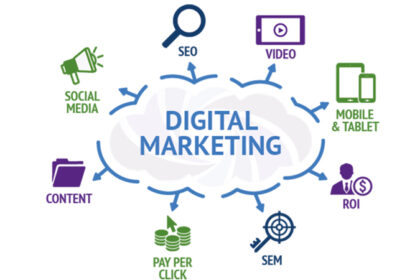
Direct mail marketing campaigns can be an effective way to drum up new business, but there are two different types of campaigns to consider—automatic and manual. If you choose the automatic route, you won’t have to worry about sending letters out every month, which can be time-consuming. Instead, your company will automatically send out pre-determined letters on regular intervals—for example, once every three months or every six months—on whatever schedule you’ve chosen. This will give you more time to do other important tasks, such as developing new products or services and reaching out to online customers.
My story – why I chose direct mail
I worked in marketing for a very large corporation. I started my career at their direct mail department. At first, I was very skeptical of using direct mail because it seemed old-fashioned and out of date with all its printing equipment and paper. But after using it, I saw how effective it was and eventually got hooked on it.
How much time will I have to spend on my campaign?
A common myth about direct-mail marketing is that it takes a lot of time to create and implement. However, with direct-mail services, you’ll have an expert do all of these things for you—so you can spend your time doing other tasks. You won’t even have to worry about renewing your program each month; we’ll do that for you too! That said, there are still ways to manage your direct-mail campaign through online tools.
What if I don’t want to be contacted by other businesses?
It may seem obvious, but you should never sign up for marketing mail from businesses if you don’t want to be contacted by them. Simply decline their offer and make it clear that you don’t want to be bothered by them in any way. Many businesses have simple opt-out clauses that allow you to decline certain types of mail from them.
How much does it cost?
With direct mail, you’re paying for every impression, so it’s important to know how much a stamp will cost. If you send out 1,000 postcards and get just 100 responses (10%), that means $5 per response. Depending on what you’re selling and where your target market lives, that may be well worth it for some businesses. On the other hand, if your response rate is much lower than 10%, you could be spending far more than necessary on your campaign.
What do I need to get started?
If you want to take advantage of direct mail marketing but aren’t sure how to get started, here are a few things you’ll need: A list of customers or potential customers, designed and printed materials (called gifts) like postcards or brochures, envelopes and postage. Some companies provide all these things for you; other require you to provide them. When deciding on a program make sure it offers everything that your business needs.
What else do I need to know before getting started?
Before you decide to use direct mail, make sure you have a good understanding of how to reach your target audience and whether or not they’re receptive to direct mail in general. It’s generally considered one of last resort methods in terms of engagement.
